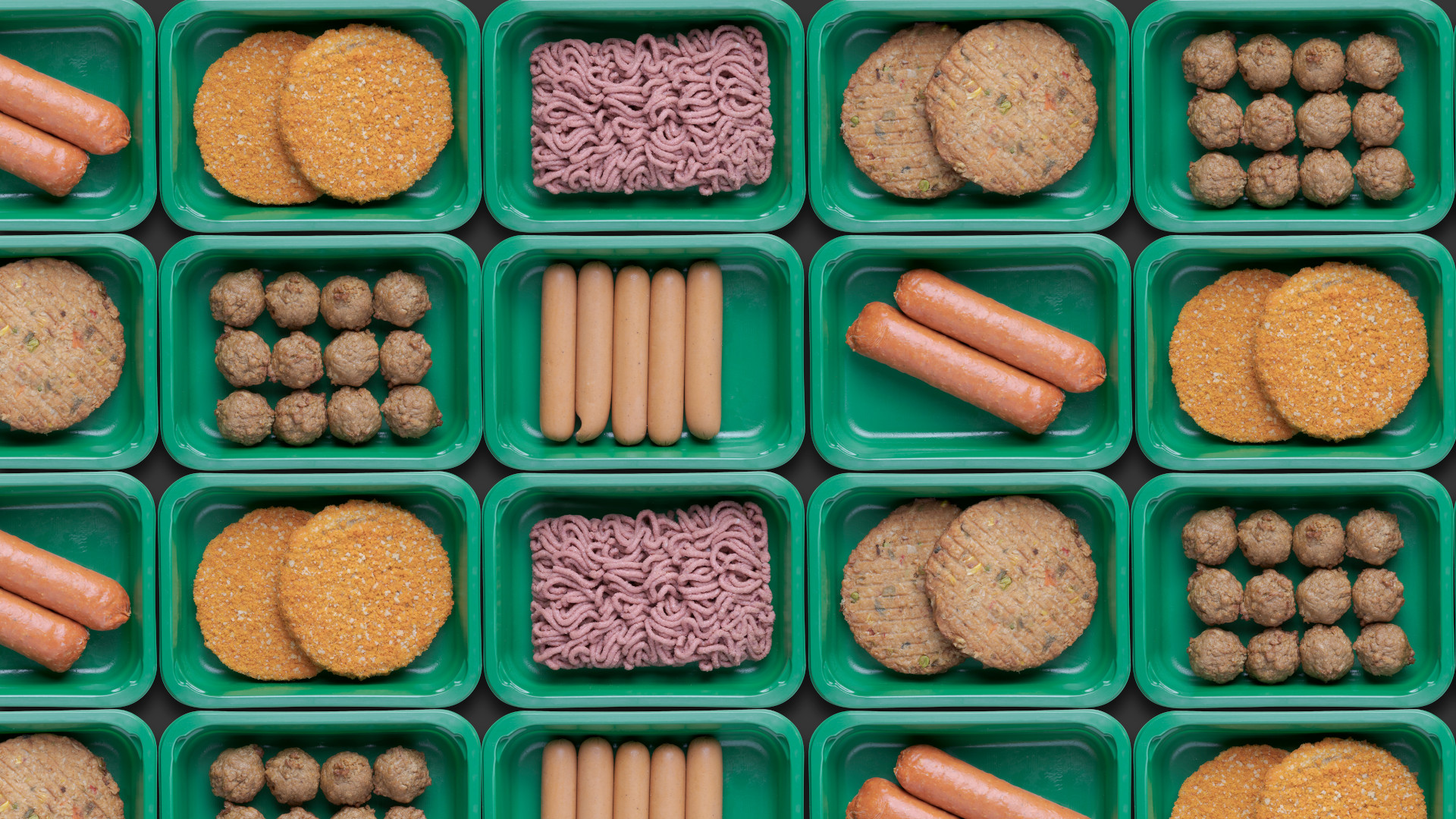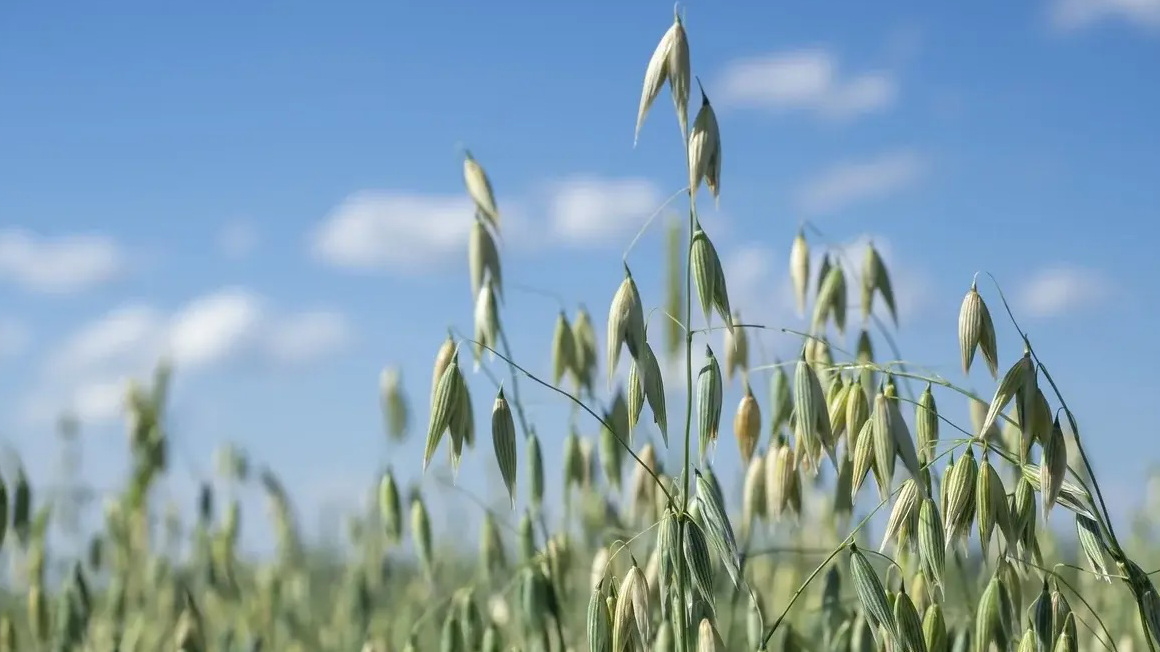Making dumplings from leftover bread
Janine Trappe
Occupation:
Lawyer
Position:
Co-founder and managing director of Constance-based start-up ‘Knödelkult’

Occupation:
Lawyer
Position:
Co-founder and managing director of Constance-based start-up ‘Knödelkult’

The jars of dumplings made by start-up ‘Knödelkult’ in Constance are manufactured using old and unsold bread. Managing director Janine Trappe and her team have already rescued more than 1,700 loaves of bread that were destined for the rubbish bins.
In Germany, 11 million tonnes of food are thrown away every year. With their dumplings made from old, hardened and unsold bread, Janine Trappe and her team at Knödelkult are taking a stand against such wastefulness. The dumpling makers from Constance have already saved more than 1,700 bread loaves from untimely disposal. Thereby, they have managed not only to convince local bakeries of their idea, but have also been the recipient of accolades including the federally-awarded ‘Zu Gut für die Tonne’ prize (Too Good for the Bin).
Why process old bread into dumplings?
Because bakeries throw away somewhere between 10% and 30% of their daily output, more than 500,000 tonnes of bread are wasted every year in Germany alone. By any standards, this is a massive waste, not least considering the fact that bread is a valuable raw material that can be used to make numerous other products. It’s not for nothing that, in Germany, old or hardened bread once enjoyed the nickname of ‘Küchengold’, meaning ‘kitchen gold’. That’s why it’s important that we don’t use specially baked bread for our dumplings, but make use of already available bread – even if it would be easier and more cost-effective in many ways to use ‘new’ bread.
How did this business idea come about?
We’re often asked what came first: the bread or the dumpling? Actually, it all began with a dream of reusing this resource of leftover bread. Our Chief Dumpling Officer (CDO), Matz, is a mechanical engineer who at one time was planning the construction of a dumpling machine for bakeries: Leftover bread in, dumplings out. During an ‘innovation get-together’ also attended by myself and our co-founder, Felix, Matz was so passionate about his dumpling idea that we were all immediately won over. We then developed the idea together, away from a machine and towards centralised dumpling production.
Who provides the bread and how did you convince them to take part?
We get our bread from large-scale bakeries that operate in the Bodensee region. Convincing them of the idea was not especially difficult. Any baker who loves their craft and invests a great deal of work and resources in their products will be pained by the quantities that they are forced to throw away every day. When we work together with a baker, their products not only remain in the food cycle, but they also receive fair remuneration for every kilo of bread. The bigger challenge was to integrate the processing of the leftover bread into the existing processes of the bakeries, with the aim of guaranteeing the quality of the dumpling bread. Together with our bakers, we’ve been able to overcome these difficulties.
How many ‘rescued’ loaves of bread are in each jar of dumplings?
We need about 180 grams of rescued bread to produce one dumpling glass of 350 grams. That’s the weight of the bread before it is processed into dry dumpling bread.
What are your next goals?
We sell our dumplings through our online shop and soon in regional supermarkets for the first time. We want to expand our production and sell our dumplings in even more supermarkets, thereby rescuing more bread. On top of this, we’re also planning other bread-based products.
Interview: Beatrix Boldt


